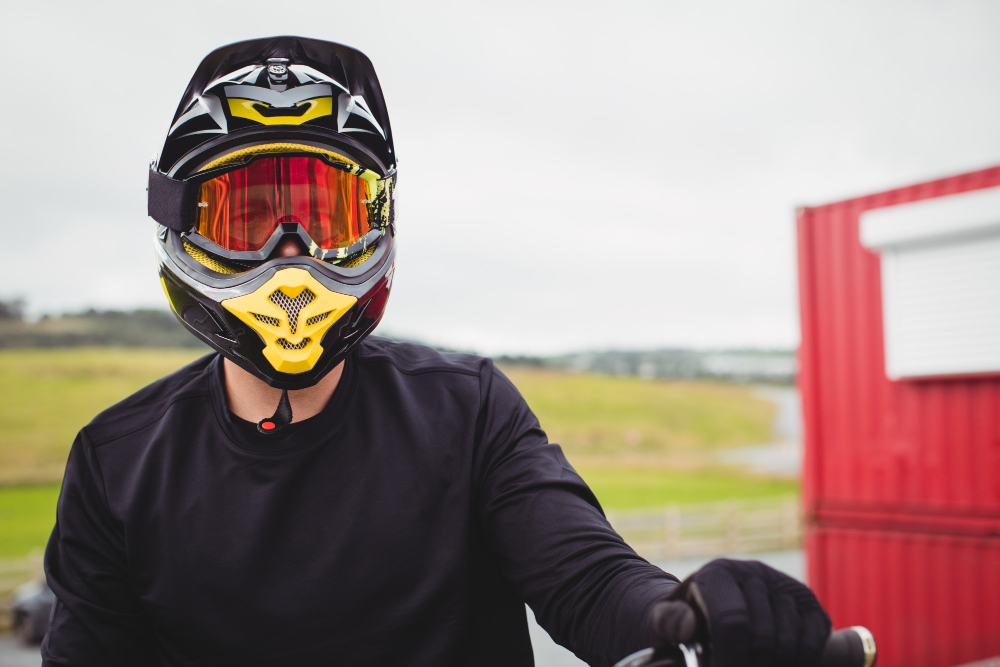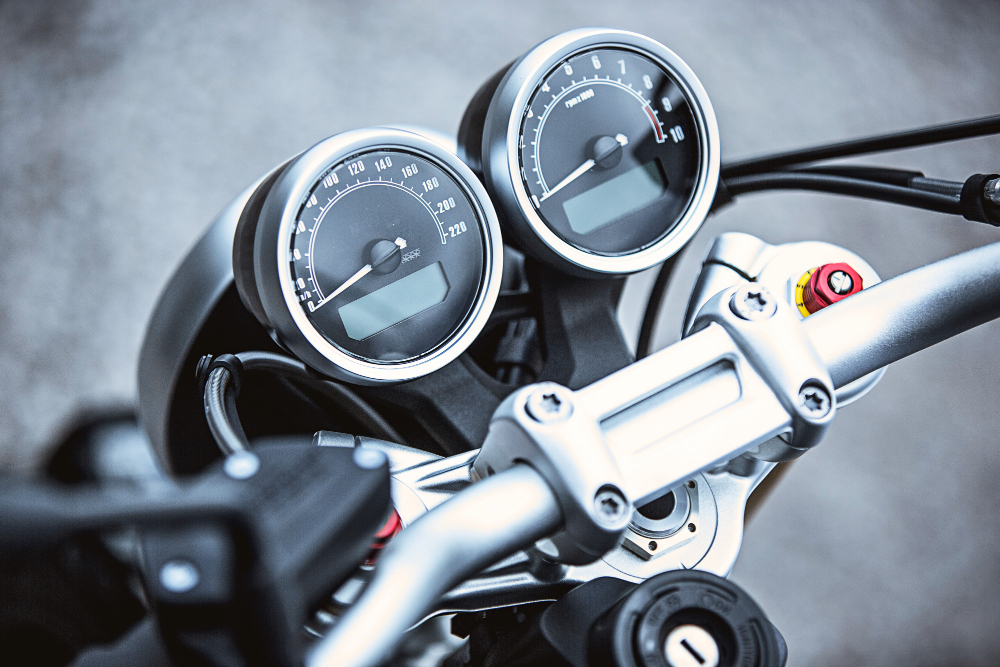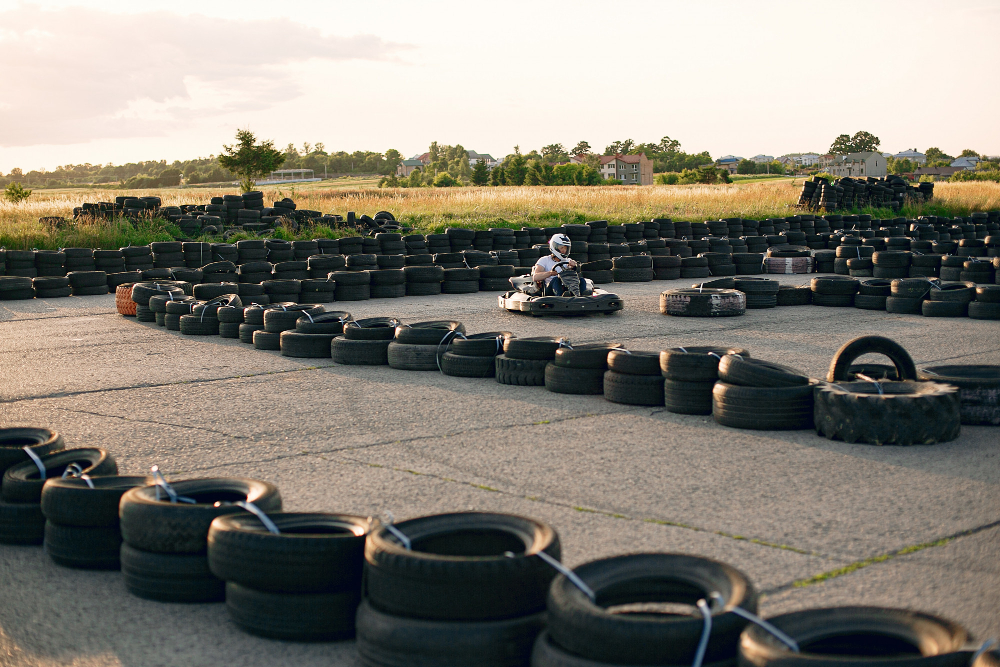The Art of Navigation: Exploring Rally Co-Driver Communication Techniques
In rally racing, the skill of driving is just the half of the equation. The other half is effective communication between the driver and the co-driver. One cannot simply underestimate the significance of this partnership. A well-informed driver is a safe and fast driver.
This article delves into the specialized techniques and tactics that rally co-drivers use to inform drivers in real time.
Basic communication framework
Understanding the communication framework between a rally driver and co-driver starts with pace notes. These are structured instructions detailing the racing course, its turns, and potential obstacles. The co-driver is responsible for crafting these notes from either pre-run assessments, course maps, or official information.
Once the race starts, the co-driver uses these pace notes as a script, narrating them to the driver in a precise, rhythmic manner. The art lies in creating accurate notes and delivering them in a way that is easily digestible for the driver. The goal is to convey maximum information with minimal words to not distract the driver from controlling the vehicle.
Jargon and symbols
Standardization and customization both play a role in rally co-driver communication. While there are universally accepted abbreviations and terms, most co-drivers tailor the jargon to suit the preferences of their drivers.
For example, if the driver associates a different meaning or urgency with the term ‘jump,’ the co-driver might replace it with a unique keyword. In addition to verbal cues, co-drivers often use hand signals to emphasize or clarify instructions. It becomes crucial when audio communication is compromised, like in particularly loud or shaky segments of the race. Teams spend much time refining their unique set of symbols and abbreviations.
What is the role of technology?
Long gone are the days when co-drivers had to shout to make themselves heard over the roar of the engines. Modern rally cars have sophisticated communication systems featuring noise-cancelling headphones, microphones, and sometimes even touch-screen displays.
Many teams now employ real-time data analytics, capturing and analyzing data on the fly. These insights can inform drivers about tire conditions, engine performance, and competitors’ stats. This real-time intel has opened up a new dimension in co-driving, blending traditional skills with modern tech-savvy approaches.
Training and practice
Practice makes perfect, and nowhere is this truer than in the realm of rally co-driving. The driver-co-driver duo often undergoes rigorous training sessions to polish their communication skills. It involves familiarizing themselves with the jargon and practising the communication timing. Poorly timed instructions can be as detrimental as incorrect ones.
They also simulate various racing conditions, road types, and even unexpected situations like equipment failure to prepare for any eventuality. The emphasis is not just on what is being communicated, but on how, when, and why it is being communicated.
These multiple dimensions of training contribute to developing an almost telepathic understanding between the driver and co-driver.
Conclusion
As you can see, rally co-driver communication is more than just talking. It is an intricate system combining language, technology, and intense preparation to achieve racing perfection. All this creates a fascinating and efficient dialogue system. So, the next time you watch a rally race, you will hopefully appreciate not just the skill of the driver but also the hidden art of communication. After all, taking every turn and jumping on the course is crucial!
Do you have any questions? Do not hesitate to reach out to us for further clarification or discussion. We are always here to help you better understand the intricacies of rally co-driver communication techniques.


